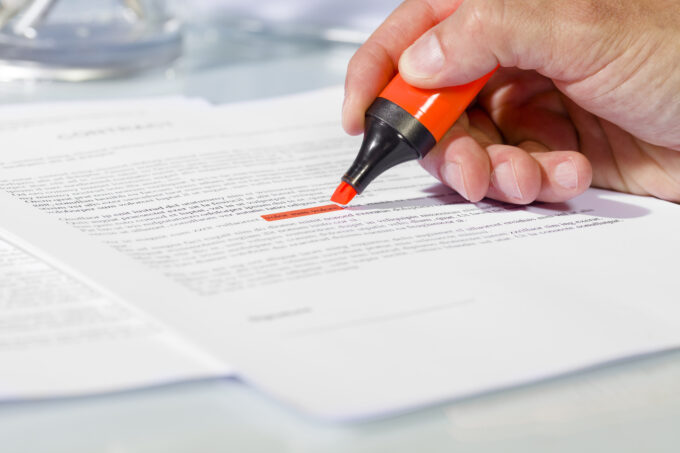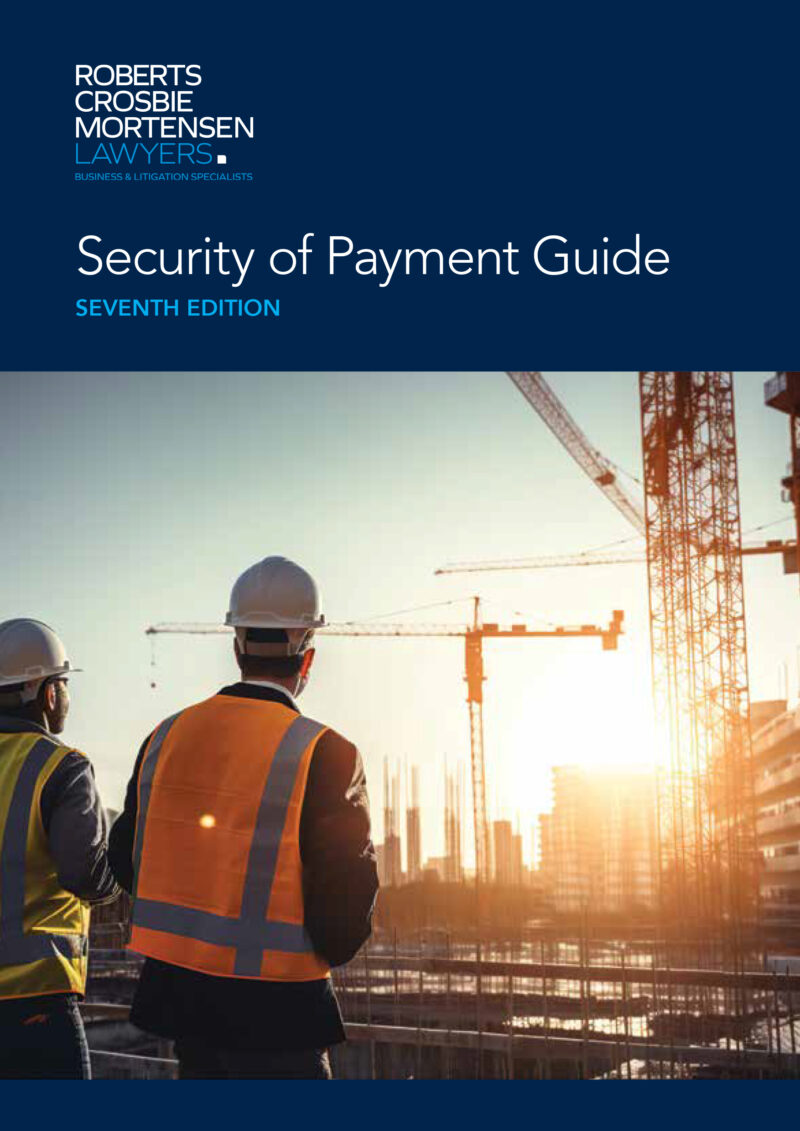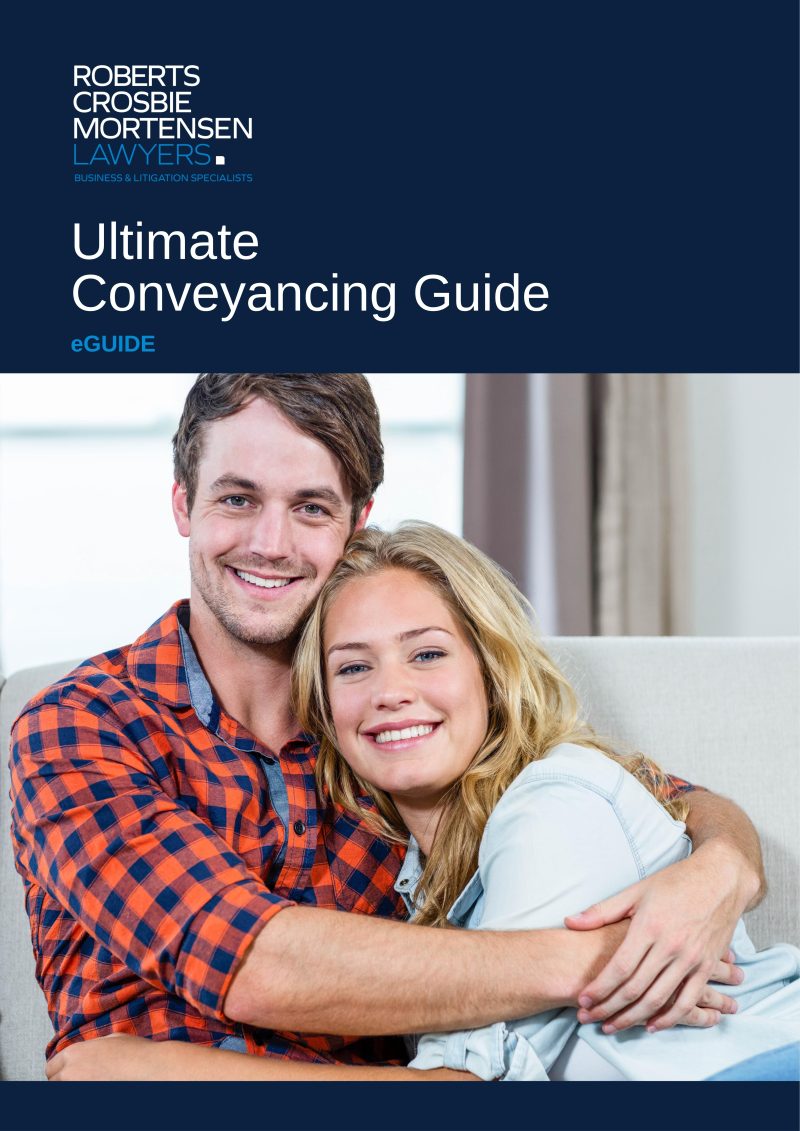What is make good?
Make good is a term commonly applied to a set of obligations placed on a tenant under a lease, to return the premises to the landlord, in a similar condition to that at the start of the lease.
When it comes to make good obligations under a lease, it is always important to read and consider the terms of the applicable clause. This is because make good obligations are often negotiated terms of a lease and can contain such terms as the landlord and tenant agree.
If you are entering into a short term lease with limited or no fit out, your make good obligations under your lease might be as simple as removing your property and leaving the premises in a clean and tidy state.
Most make good obligations however will generally require a tenant to:
- Remove their property from the premises;
- Remove their fixtures, fittings and fit out from the premises;
- Remove all signage from the premises;
- Redecorate the premises (which may include painting and new floor coverings);
- Service air conditioning units;
- Leave the premises in a clean and tidy state;
- Remove any rubbish; and
- Fix any damage to the premises caused by the tenant.
When do make good provisions apply?
Make good obligations will normally apply regardless of how the lease ends, for example they will apply if the lease is terminated, surrendered or expires.
Also, while make good obligations generally apply to the end of a lease, there could be (and often are) other make good obligations during the term of a lease. For example, a tenant usually has certain maintenance requirements to meet during the term of the lease (they cannot let the premises fall into disrepair) and it is a common requirement under a long term lease that a tenant redecorate the premises on any renewal of the lease.



























